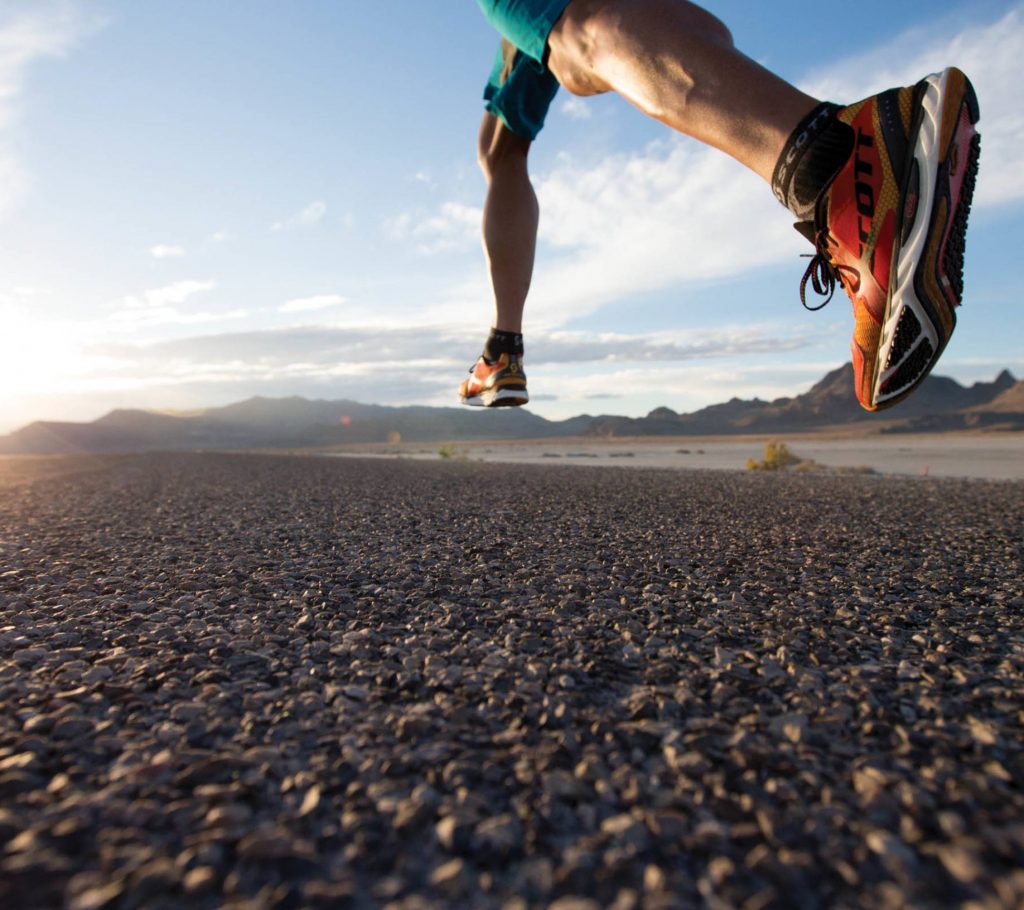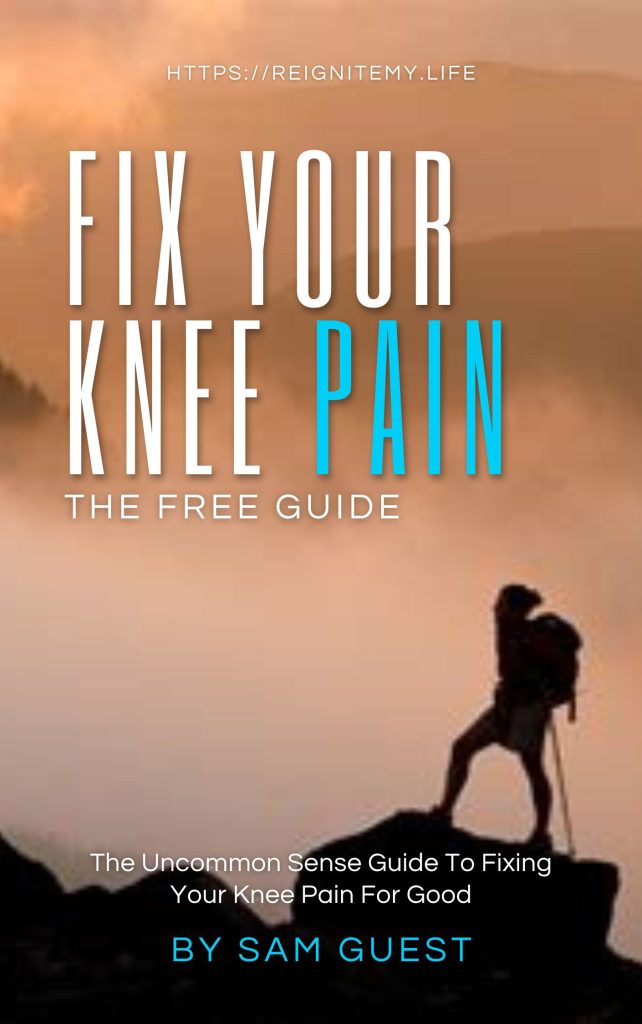There are tonnes of discussion online about HIIT vs Cardio after 40 and which you should be doing. Today I take a deeper dive.
Take 2 athletes.
One of them trains every day for 4 to 5 hours. Training this much means most of the exercise they do is steady state, lower intensity training.
The other trains for much less time but does much higher intensity workouts when they do.
Both compete.

For the first few years the first athlete does REALLY well. They win loads of competitions and moves quickly up the pack. The second doesn’t do quite as well but still puts in solid performances.
But within a few years athlete #1 is starting to pick up a few injuries, they look older than they should, they’ve starting noticing they have a few gut/digestion problems.
As a result their performance starts to decline and their punishing training schedule starts to have an effect on their relationships. Their partner starts getting pissed and they don’t see as much of their kids as they’d like.
Athlete #2…
…continues to train in the same way and slowly their performance is improving. They’re enjoying their training and their sport and still have plenty of time left over for life. What’s more due to the reduced training load, their body is actually getting stronger, they are getting injured less and less . They look and feel great.
By the time they’re 50 athlete #1 has had to give up, their knees gave out and they now can’t really run. Athlete #2 is still going strong and is now competing in the veterans section and loving it as much as ever.

But I thought exercise was good for us?
And it is…however as with all things the dose is the poison. High amounts of exercise can create a lot of wear and tear on the body. Repetitive often fairly high impact activities (running I’m looking at you) place an incredible strain on predictable areas of the body. Over time this leads to joints simply breaking down under the stress.
The other issue with this type of exercise is it can cause the body to quite literally eat itself, starting with the muscle tissue and the gut lining (hence digestive issues being a common complaint amongst high cardio athletes).
Ever wondered why marathon runners are so skinny?
It’s because as you run for extended periods the body actually runs out of resources (glucose/ketones) to fuel itself. When this happens it assumes this is a survival situation (ie it’s being chased by a Tiger) and the fact you’re telling it to keep running means it’s serious, so it’d better find the fuel from somewhere.

So it does. It scavenges energy from anywhere it can find. To start with it mobilises fat stores, however after a while even they don’t prove sufficient, so it has to look else where.
It starts to break down muscle, connective tissue, it robs the gut lining, it steals energy and resources from your reproductive system.
In short it steals energy from anywhere it can under the rationale that it will be able to rebuild these stores later. Once you’ve escaped from the Tiger.
It figures, quite rightly, if you don’t escape from the Tiger, you’ll never use your digestive system or reproductive system (gulp!) again. So for the moment they’re not it’s priority.
In short, it does what the Starship Enterprise would do.
Diverting all energy to phasers. It diverts energy and resources from these currently inessential systems (reproductive, digestive, emotional) to the systems it needs RIGHT NOW to get away from the Tiger (muscles, heart, lungs etc).

When repeated over and over again, without allowing the body time to rebuild these precious systems (and this takes longer than we think at any age but especially as we pass 40). These systems slowly become compromised. Leading to hormone imbalances, digestive issues, mood swings and other unpleasant conditions.
Now I know I’m picking on running here. But it’s not the act of running itself which is bad (hell running is one of my favourite activities). It’s the amount of time and the level of intensity we can maintain whilst running which is the problem. We could replace running with any other similarly stressful, low intensity activity and the result would be similar.
So what’s the answer?
Well I go much deeper into this and reveal ALL the secrets to maintaining a health, fit body into your old age so you can keep on doing the sports you love no matter what your age in my FREE Ignite Young Muscle Challenge. You can join here >>
But to summarise, it depends on exactly what you’re trying to achieve but for many of us a great place to start would be regular HIIT sessions to maximise results and minimise time with occasional long, steady state sessions thrown in.
So for example 3 HIIT sessions a week and every fortnight a 3-4 hour hike in the mountains.
Will this get you to Olympian levels of fitness? No, but it will give you the fitness you need to do everything you want whilst building health rather than destroying it.
BUT AREN’T WE DESIGNED TO RUN?
Running is an interesting one as many people argue when I mention this…
“but the human body is designed to run”
…yes and no.
If you look at the really top level runners, the Ethiopians for example. At first glance they would seem to be just genetic freaks.

When you look a little closer you notice something very interesting. The major difference in the way the Ethiopians train isn’t the amount of the distances they do, they’re pretty similar to the rest of the world ( a little less in many cases) what is different is the intensity at which they train.
Like many athletes they utilise the 80/20 method of training.
- They spend 20% of their time exercising at a high intensity.
- They spend the other 80% of their time exercising at a low level.
The major difference with the Ethiopians is the level this 80% is performed at. A much LOWER level than almost everyone else on the planet. A level which most Crossfit enthusiasts wouldn’t even consider exercise. In fact the major challenge people have when trying to replicate their training patterns is not pushing themselves too hard in this 80% phase.
The human body excels at long distances. It’s our natural advantage. It’s what enabled us to hunt down big game back when we lived on the plains. But when you actually look at how humans naturally hunt, we walk (or at least slow trot) the animal down. For most of the time the hunters remain in that magic 80% zone the Ethiopians have so successfully identified.

